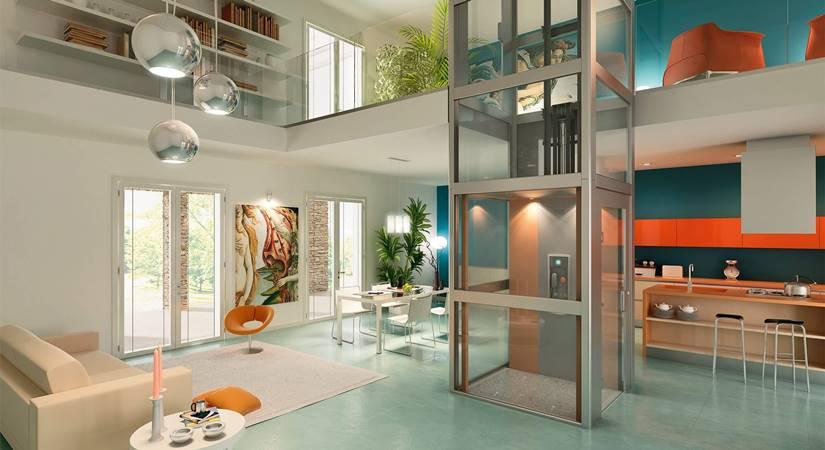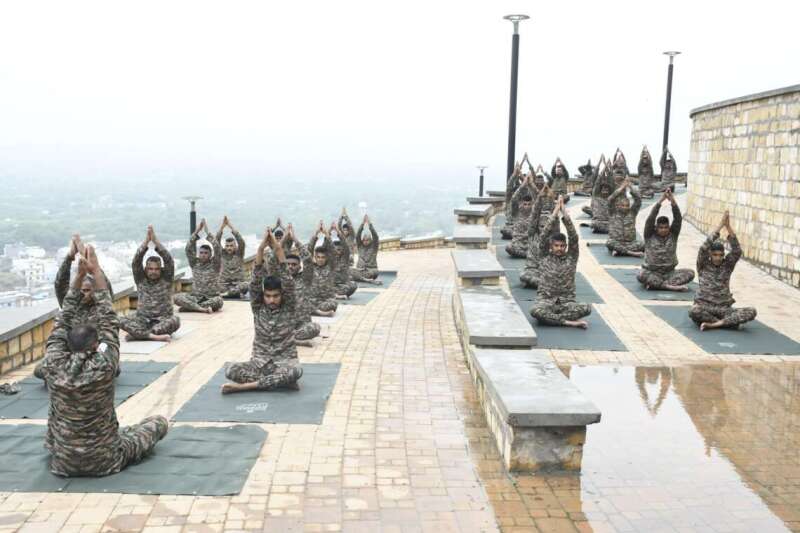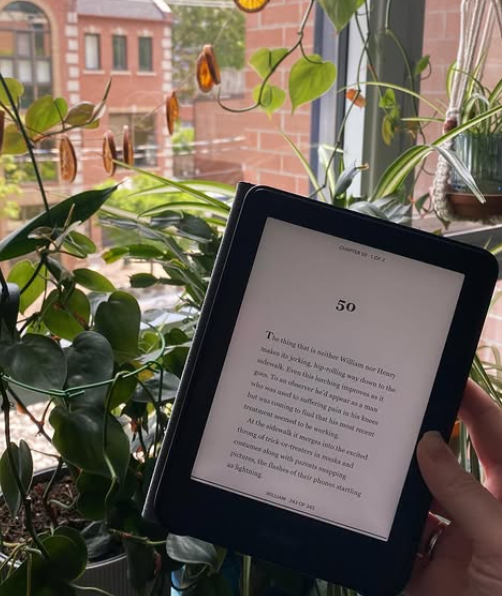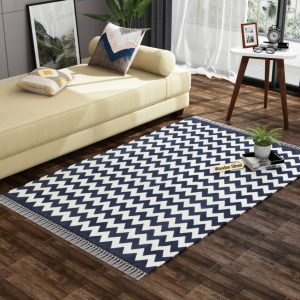Bathroom accidents are reported frequently due to slippery floors and lack of support, and the elderly are more susceptible to injuries. Therefore, bathrooms are considered one of the most vulnerable spaces for people with reduced mobility, making it necessary to rebuild or construct accessible toilets in your home…reports Asian Lite News
The vulnerability to falls and slips increases with age. Ageing leads to bone and muscle degeneration, contributing to various health issues. Moreover, vision or hearing impairments, dementia, diabetes, and other such problems are common as we grow older. While we provide the best healthcare to our family members, addressing the infrastructural barriers that pose an immense threat to our loved ones is equally important. Enhancing our living spaces with basic amenities cannot just offer safety and easy access to basic facilities for the elderly at home but also make your home accessible to people with temporary injuries, children and even pregnant women. These solutions ensure that a retired person no longer has to risk a fall each time he or she goes to the toilet, and a grandparent need not just sit in one corner but can stay active by cooking her favourite dishes for the family or tuck her grandchildren to bed.
It’s for sure not an exaggeration when we say that building an accessible home can change one’s life.
Svayam, accessibility organisation, shares essential solutions that can significantly improve the lives of the elderly, ensuring ease and convenience in their daily activities.

Build Accessible Family Toilets
Bathroom accidents are reported frequently due to slippery floors and lack of support, and the elderly are more susceptible to injuries. Therefore, bathrooms are considered one of the most vulnerable spaces for people with reduced mobility, making it necessary to rebuild or construct accessible toilets in your home. An accessible family toilet is a specialised facility to meet everyone’s needs. Svayam suggests an ideal structure of an accessible toilet: a bathroom with key features such as handrails, grab bars, emergency bells, anti-skid flooring, and western-style seating. Additionally, wider gates for unrestricted movement can conveniently accommodate and help the elderly navigate their way while entering and exiting the restroom.
Design Wheelchair-friendly infrastructure
The narrower the pathway, the more difficult it gets to pass through. Suppose someone at your home uses a wheelchair or a walking aid. In that case, it’s practical to incorporate essential modifications to eliminate barriers and obstructions. Some wheelchair-friendly changes such as making doors and entryways wider, providing adequate seating space for a wheelchair user on the dining table, building accessible kitchens, and providing sufficient room in the house to manoeuvre wheelchairs (a turning diameter of at least 1500 mm), among others can create a barrier-free and inclusive environment for them. Additionally, avoid using carpets and rugs on the floor since they can obstruct the movement of wheelchairs or increase the chances of someone tripping and falling.

Install Ramps and Lifts
If you live in an independent house, consider installing a ramp at the entrance next to the steps. Installing a sturdy ramp with handrails is ideal. However, please note that a ramp without a handrail is hazardous as with no support to hold onto, it can cause falls and injuries. Common issues such as Osteoarthritis can make it difficult for senior citizens to climb stairs. Therefore, one should also consider installing a lift in the house. Additionally, one can also get a consultation from the architects or civil engineers for future provisions in the structure specific to their homes.
Sufficient Lighting
One needs to also take care of the visual comfort of elderly individuals with impaired vision as priority. Ensuring the entire house is equipped with sufficient lighting makes it easier for the elders to move around without feeling dizzy or being obstructed by furniture or any object. This will reduce the risk of falling and injuries. The natural light also creates a positive environment. Large windows, switchboards at convenient places, motion sensor lights and other such ideas make a huge difference.

Modular yet accessible Kitchens
A thoughtful consideration must be given while designing the kitchen space. This can include a layout having proper accessibility measures, which provides for appliance placement for easy access and lower countertops and sinks to facilitate comfortable reach. Installation of pull-out shelves and drawers can eliminate the need for excessive bending or stretching.
Turning your homes into accessible spaces may take time, investment, and planning. However, accessible homes will allow the elderly to move independently, regardless of mobility challenges. The correct physical modifications will bring emotional well-being and a sense of security in their daily lives. Notably, the accessibility features that the elderly family members benefit from will also help other members in the house, like children, temporarily injured, and pregnant women. Plus, we all are ageing; hence, building a home accessible now is making your house future ready for yourself and for the coming generations.
ALSO READ-Tech products to decor your home














